Interior design tips – insider tricks from top designers
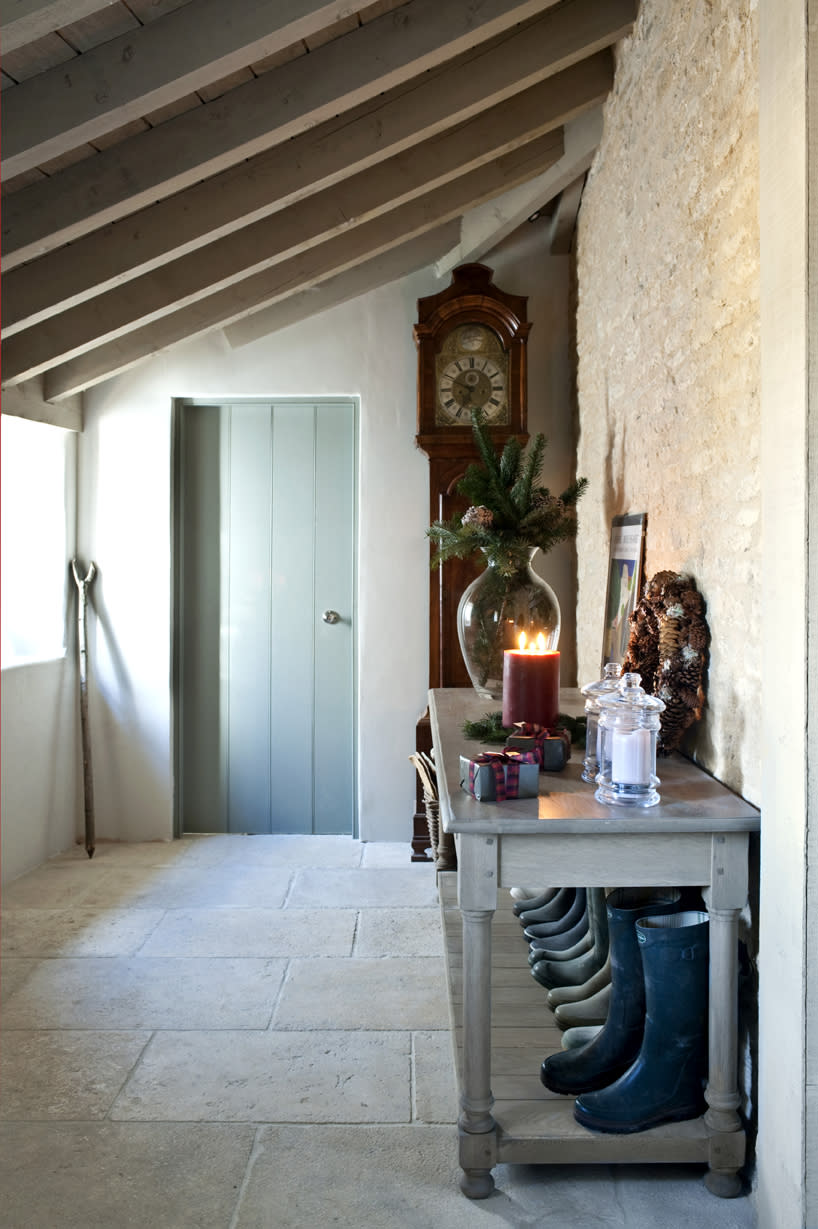
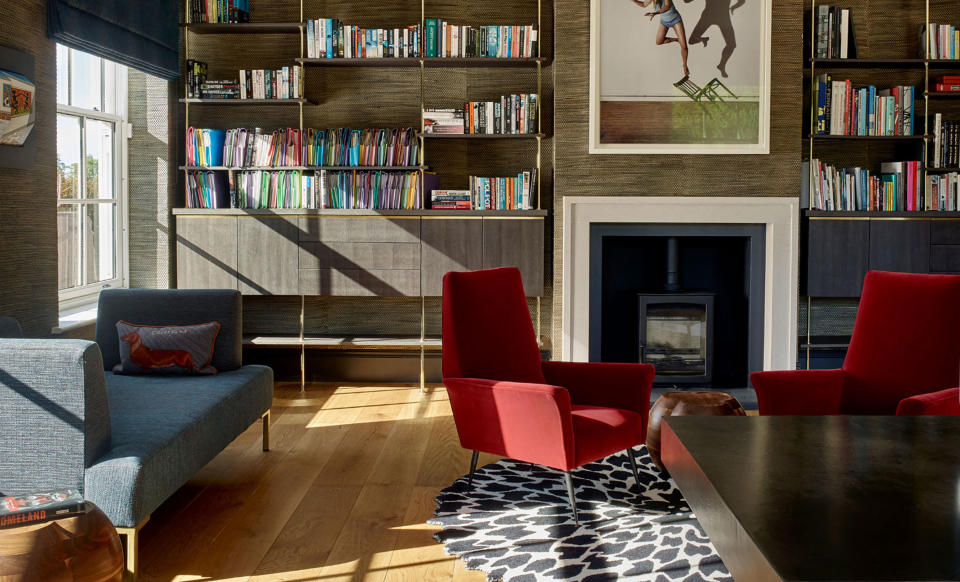
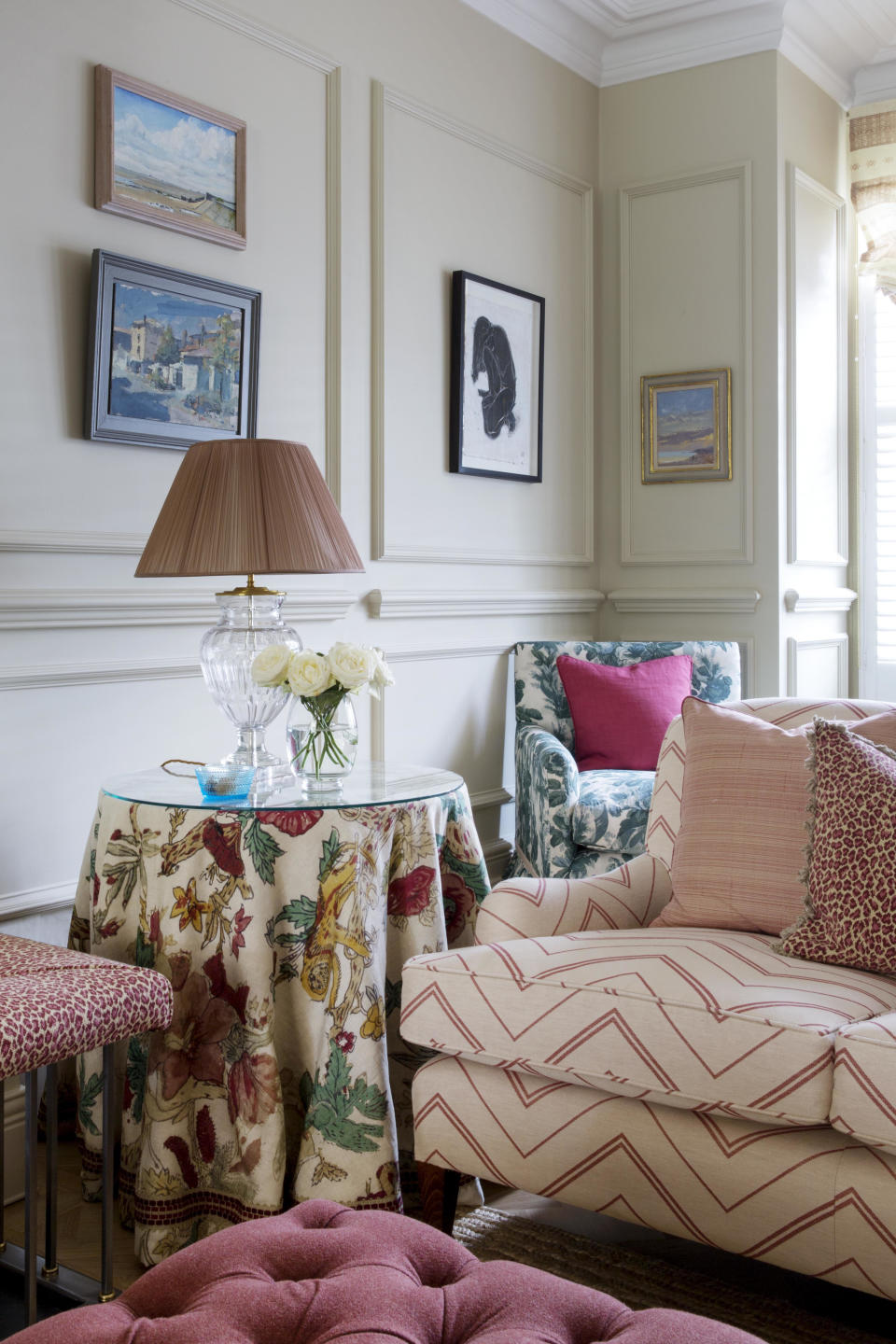










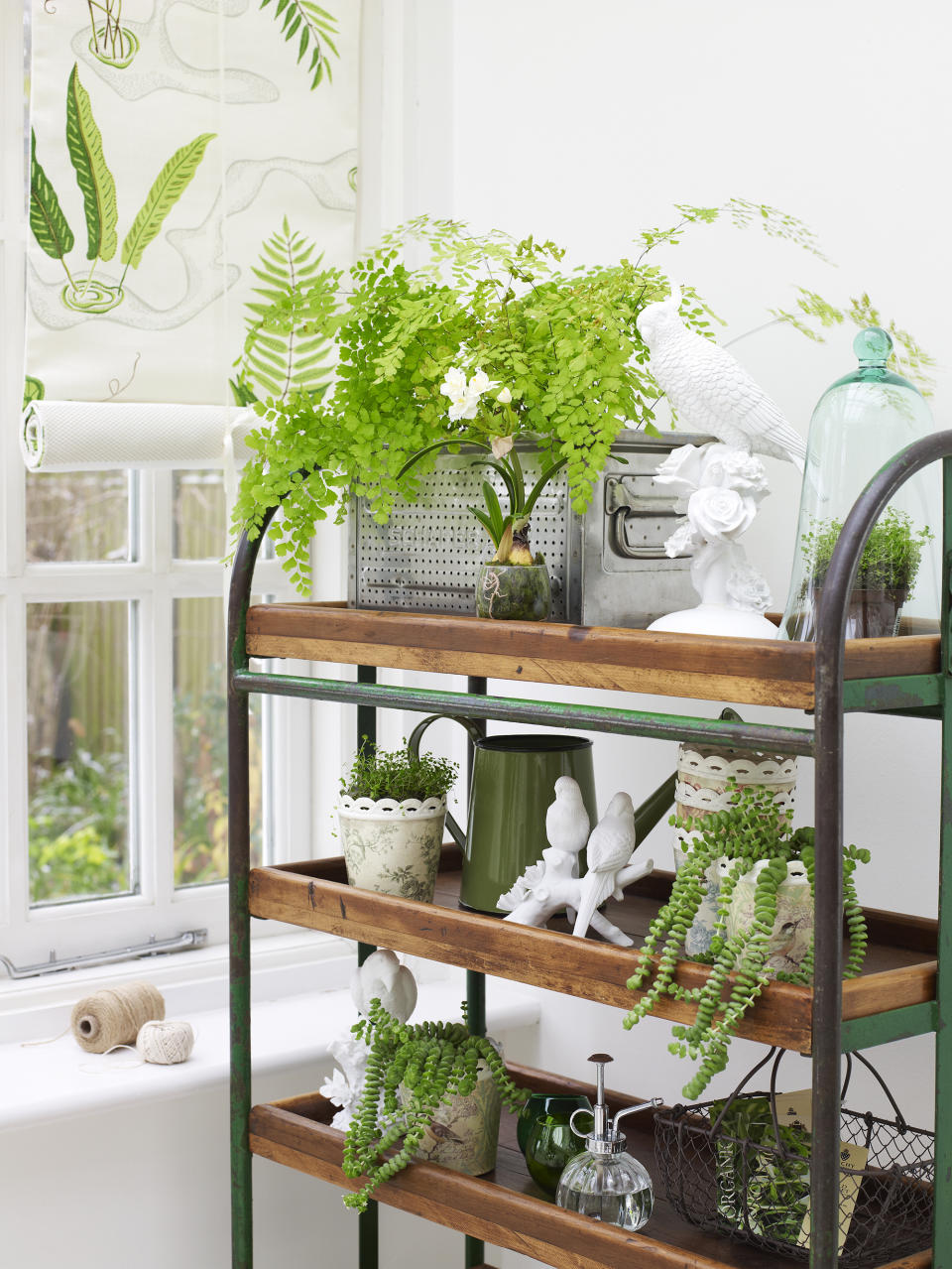
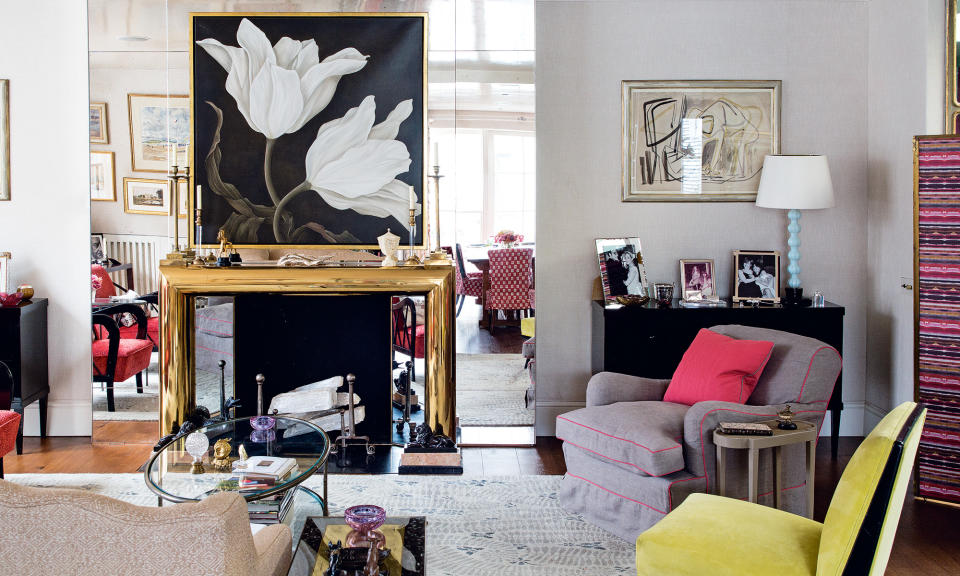
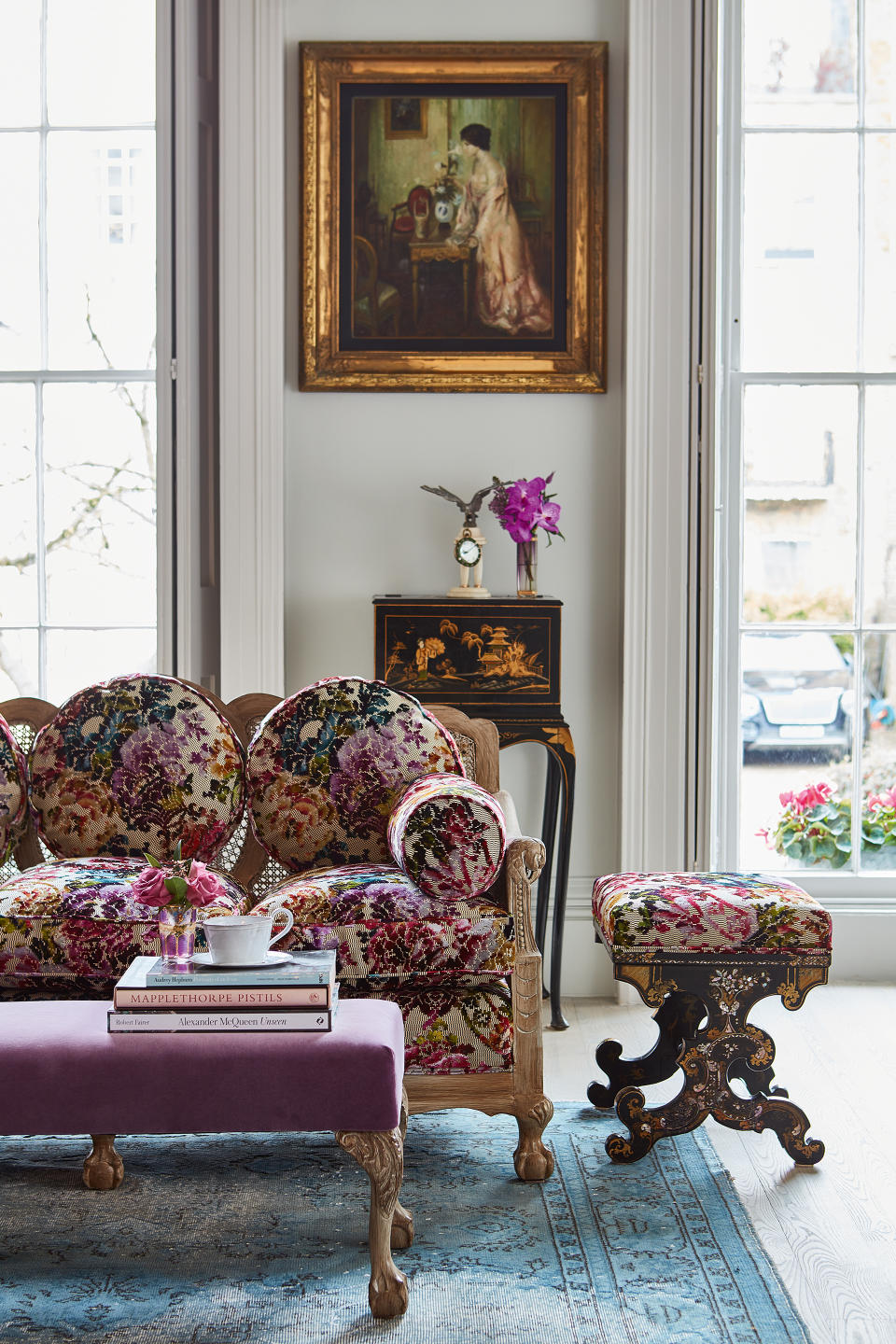

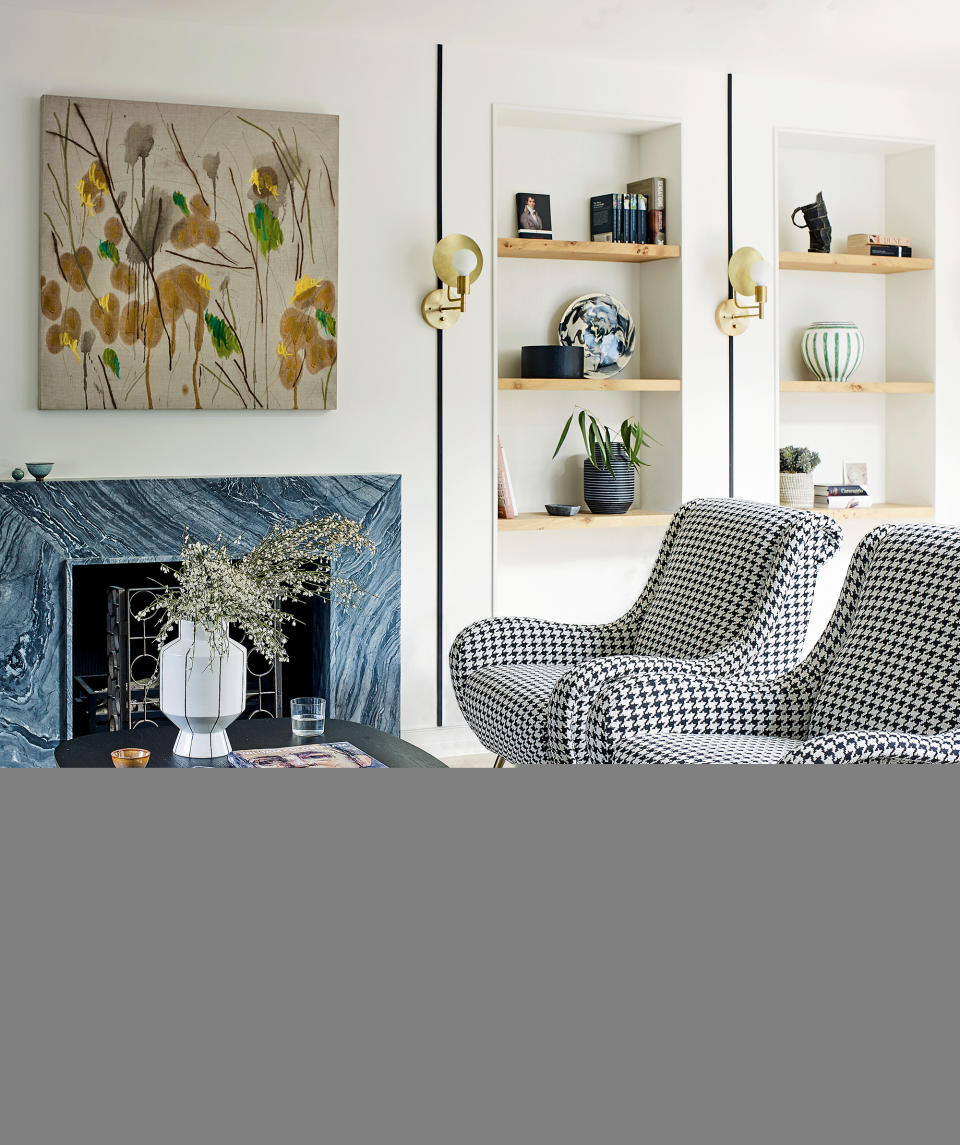


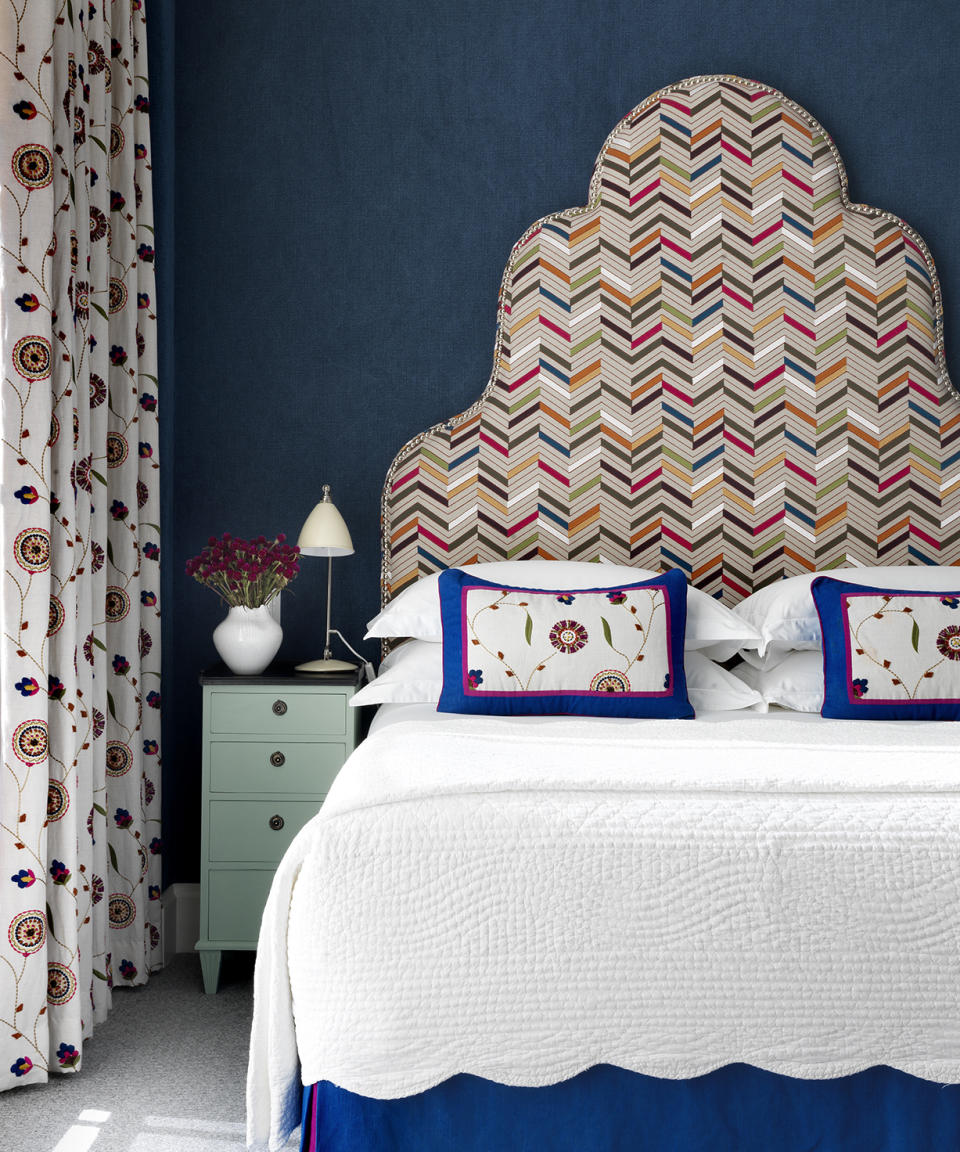

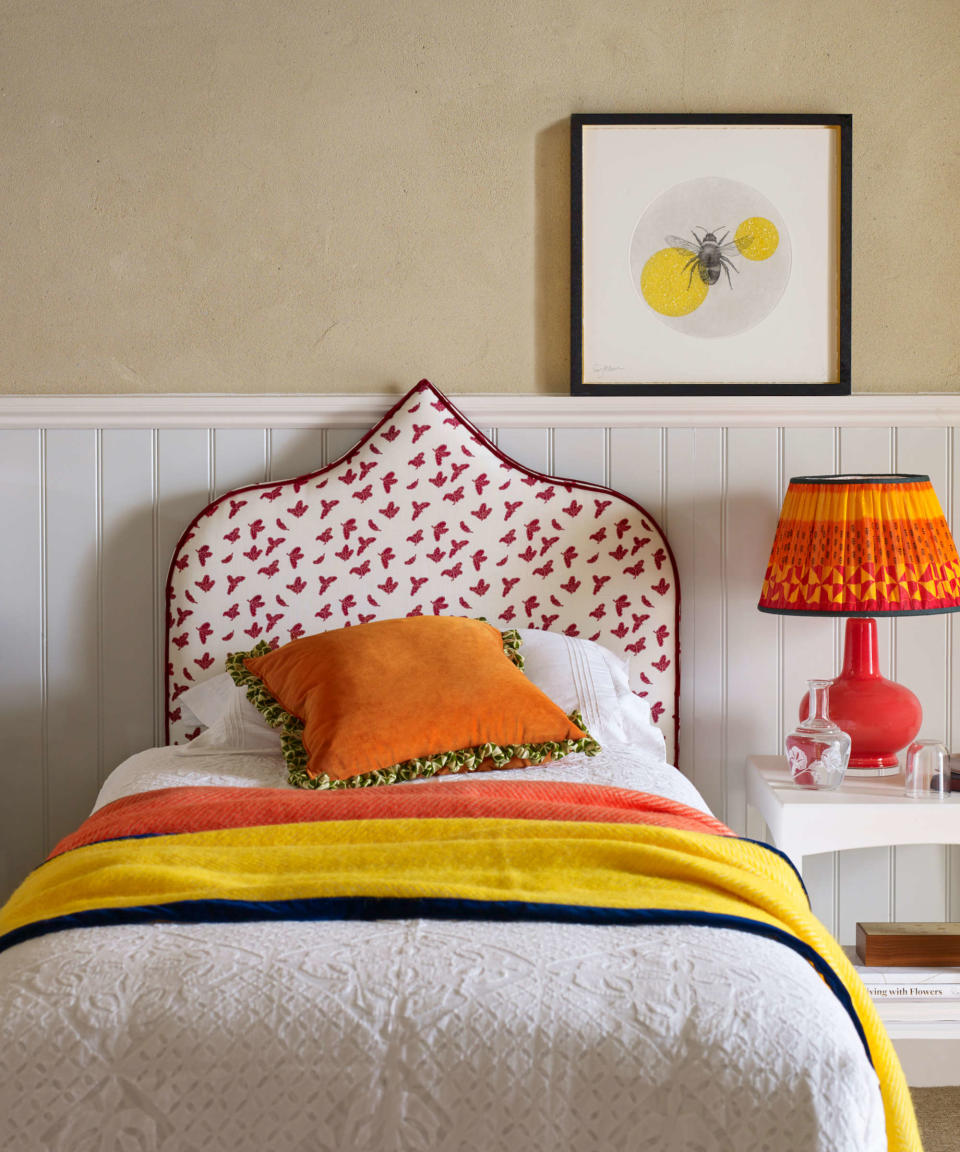


Use antiques to create an authentic feel
'Antiques add gravitas and depth to an interior, says Emma Sims-Hilditch. 'They embody a sense of history and heritage that help a home to tell a story. But where do these pieces fit into a modern home?'
'When considering a modern interior, sharp lines, smooth surfaces and open spaces spring to mind. While this is often the case, this doesn’t mean that everything in the home needs to be new. For instance, an antique commode can be converted into a smart vanity with a washbasin, bringing character to what might otherwise be a fairly stark bathroom. Additionally, reupholstering antique dining chairs or a sofa in a fresh or fun fabric is an excellent way to incorporate antiques into a contemporary space, balancing the old and the new.
'Whether it is family portraits, furniture or even board games that are steeped in family history, heirlooms can always be incorporated into a home. For instance, a dark wood grandfather clock passed down through the generations can work beautifully against the Cotswold stone of a converted barn, or against the fresh walls of a city townhouse that has been gutted and sensitively reconfigured.'
These interior design tips will help you discover the secrets of decorating success from the world’s best interior designers

